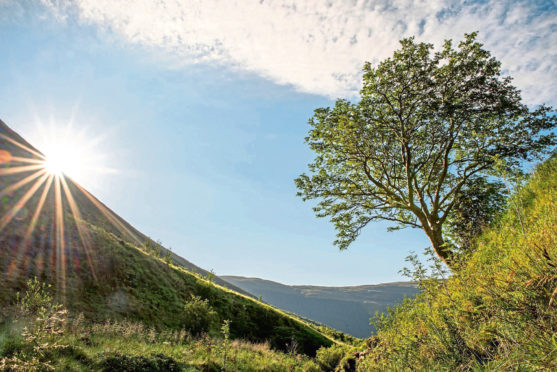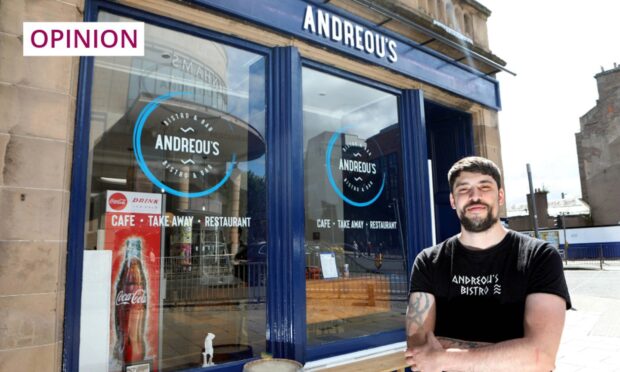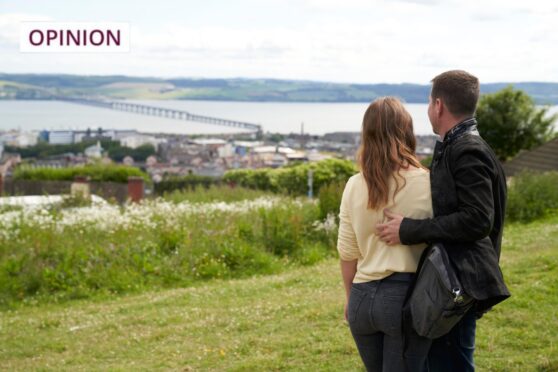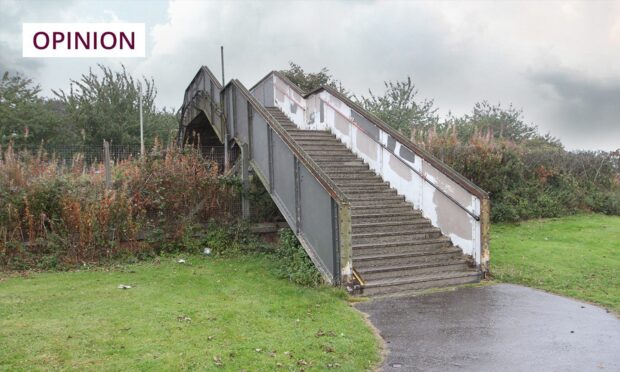A rowan tree is Scotland’s Tree of the Year and I am very happy about that.
I am not an authority on golden eagle eyries but I have seen a number of them and they all had rowan trees near at hand. The eagles in question all picked sprigs of rowan leaves to freshen their nests. I think: “If it’s good enough for golden eagles, it’s good enough for me.”
I cherish golden eagles, I cherish rowan trees. It delights me that those two fundamentals of nature’s distinctive presence in Scotland enjoy such a fundamental relationship that must be thousands of years old.
The award-winning rowan tree is in Carrifran, the Borders mountain valley near Moffat transformed by the Carrifran Wildwood Group from a valley brutalised by sheep to a glorious woodland of more than half a million native trees. Among them is that rowan tree, but its claim to fame is that it had survived the sheep and the indifference of generations of landowners; it was already there when the trust moved in, the unlikeliest of survivors. But if there is one thing rowan trees do extraordinarily well it is survival, thanks to their capacity for finding sustenance in the unlikeliest of places – cracks in rocks, on boulders, buttresses, cliff faces where you would swear no tree can grow.
Grounds for optimism
And I know that award-winning rowan tree. Projects like Carrifran, or like, say, the Woodland Trust’s Glen Finglas estate near Callander, are grounds for optimism in a nature writer, as they must also be for a golden eagle. They are both millennium projects. Twenty years and look what happened. Glen Finglas is much nearer my doorstep, but I have followed the Carrifran project too, for I have a soft spot for the Borders in general and Moffat in particular.
Golden eagles are thin on the ground in the Borders, although the South of Scotland Golden Eagle Project seeks to change that, transferring chicks from Highland eyries to a centre near Moffat where they are fledged and released. I have doubts about it, but if there is one thing that will tilt the odds towards the reintroduced eagles, it will be the presence of valleys like Carrifran, the presence of rowan trees.
The two essentials for a specialist bird like the golden eagle are habitat and food. The single-figures population of golden eagles in the south of Scotland across a huge area of hill country suggests that both are in short supply. It is also true that nothing will rectify both deficiencies more surely than more projects like Carrifran. And rowan trees that like to find their way into clefts in old rock are part of the charm as far as the eagles are concerned, and for that matter, as far as I am concerned, too.
Raw tenacity of rowans
There is one such rowan that cleaves to a buttress in Glen Dochart. I have known it for more than 30 years now, a skinny little sideways runt of a tree going nowhere, especially not upwards, yet it has clawed sustenance there for who knows how long. Whoever came up with the expression, “You can’t get blood out of a stone” reckoned without the raw tenacity of mountainside rowans, whether in Glen Dochart or Carrifran or a few hundred other rocks and mountains where golden eagles like to linger.
I am apt to linger by the Glen Dochart tree. We have kept each other company often on days when the option of going higher was inhibited for me by the weather, for I have long since given up on the idea of climbing a mountain just for the sake of reaching the top and I now climb to understand the mountain better, and you don’t get that knowledge peering at the inside of a cloud.
I have also seen a golden eagle visit the tree in the rowan’s green portion of the year, seen the eagle use its beak and the heaving power of its wings to pluck a sprig, for all that the tree is more than a mile from the eyrie buttress and there are other rowans much closer. With some eagles, it can’t just be any old rowan.
I have sat nearby, holding a one-sided ceilidh with that eagle-annointed rowan, in a dripping, sodden autumn glaur, huddled under an overhang, hands clamped around a coffee cup, happed in expensive waterproofs and boots, and still the sodden air found its way inside the jacket’s collar and hood the way spiders turn up mysteriously in the bath, as I explained it to the rowan. But it’s simply part of the job and there is a perverse satisfaction sitting on a familiar mountainside when most of the views are down and none of them long, as secure in my chosen perch as the rowan, intimate companion of the mountain itself.
It is a philosophy I like to think the Glen Dochart rowan recognises, one the Carrifran rowan recognises, too. The people behind the Wildwood project christened it “The Survivor”. Scotland’s tree of the year? Yes, I’m very happy about that.










